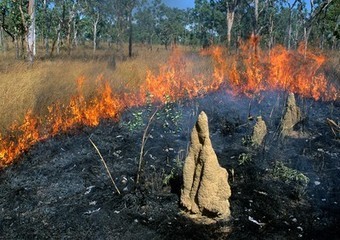"Yu’s team is the first to demonstrate that the [Saharan silver] ants use a coat of uniquely shaped hairs to control electromagnetic waves over an extremely broad range from the solar spectrum (visible and near-infrared) to the thermal radiation spectrum (mid-infrared), and that different physical mechanisms are used in different spectral bands to realize the same biological function of reducing body temperature. [,,,] Their discovery that there is a biological solution to a thermoregulatory problem could lead to the development of novel flat optical components that exhibit optimal cooling."
Research and publish the best content.
Get Started for FREE
Sign up with Facebook Sign up with X
I don't have a Facebook or a X account
Already have an account: Login
 Your new post is loading... Your new post is loading...
 Your new post is loading... Your new post is loading...

David Parr's comment,
July 9, 2013 6:35 AM
Interesting thing about birds is their two-phase lungs. I did the first steps of analysis on adapting that kind of system to a building scale heat exchanger last year.

David Parr's curator insight,
July 9, 2013 6:36 AM
Interesting ideas, though being inspired by tornadoes and hurricanes should be 'meteomimicry'. Also, I've always found bird's two phase lungs a more interesting model than their feet. |
|




















